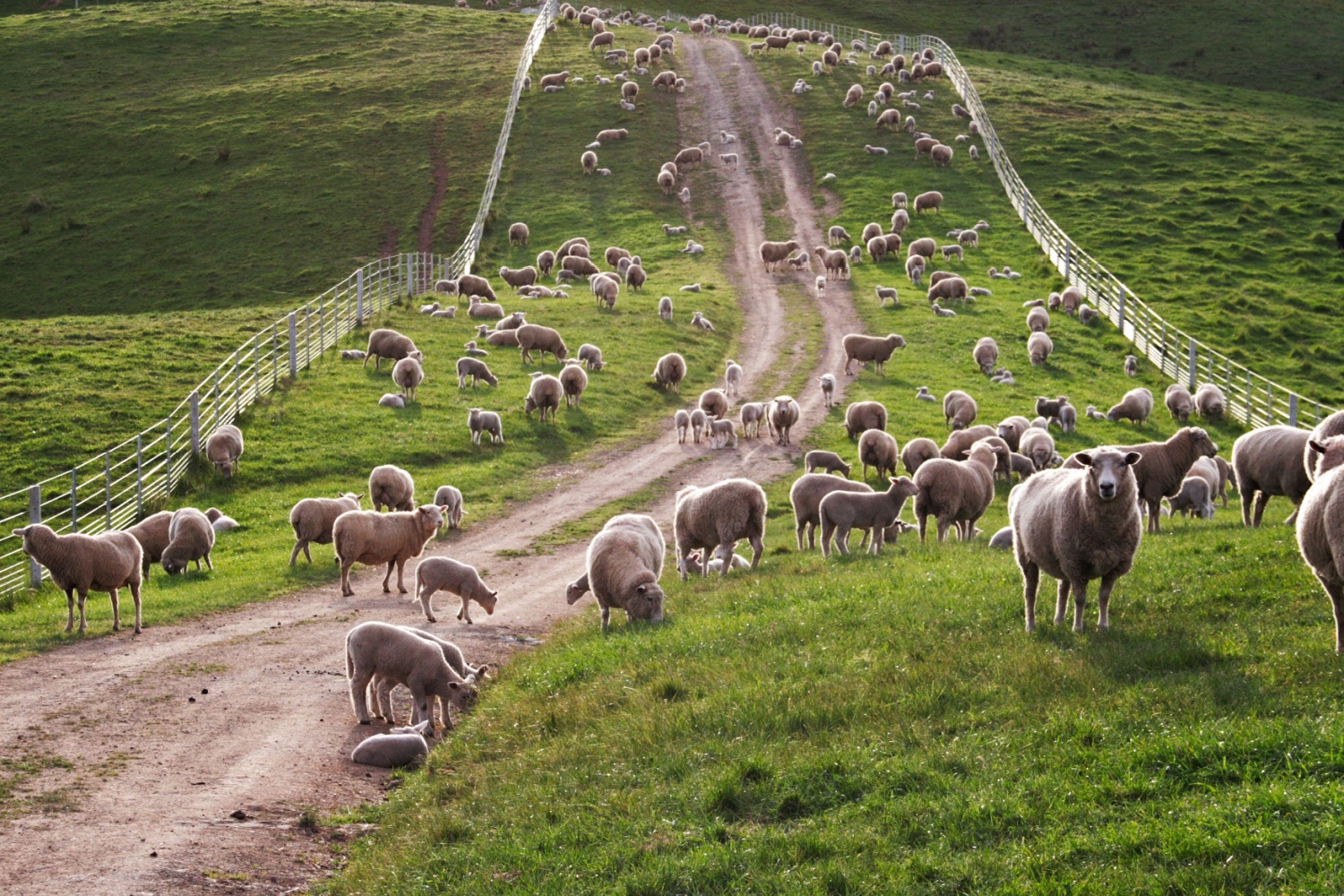The American Sheep Industry Association is requesting that the White House include Australian and New Zealand lamb in its food and agriculture tariff plans. Peter Orwick, executive director of ASI, talked about why the group is making the request.
“For us, it’s very timely that the administration plans to announce their tariff regimen, whether you call it Food and Agriculture imports, whether you refer to it as the reciprocal tariff program, for us, it’s going to be timely to see if Australia and New Zealand can be included on that list. For us, it’s primarily that there’s been such a surge in product. We’re up, in 2024, up three percent in one year just on volume with lamb meat coming into the market. So, for us, there’s a real incentive for the administration to do their tariff plan in April to help us level the playing field.”
He said their spring fly-in is a great opportunity for face-time with elected officials.
“Exactly right. So, we’ve got 16 of our affiliates joining the ASI officers, the ASI exec board, our legislative action council, with well over 50 producer-leaders that are back here working, and we’re meeting with everything from the U.S. Trade Representative to USDA and dozens and dozens of congressional offices, so it’s great. We’re in the spring of the year, so to get farmers and ranchers to leave the place and have somebody taking care of their livestock for four or five days, it’s a big deal for these volunteers to do this.”
Elected officials need to hear directly from the producers.
“That is the point. As a trade association, as lobbyists, we can inform the offices. We can provide them the briefs, we can give them the technical information to work on behalf of the sheep industry, but it truly is the farmers and ranchers that make those offices care. It’s so obvious. I can’t make a particular office care about sheep. That’s the voters at home and the constituents that run these farms and ranches, and the local communities and Main Streets operate.”


